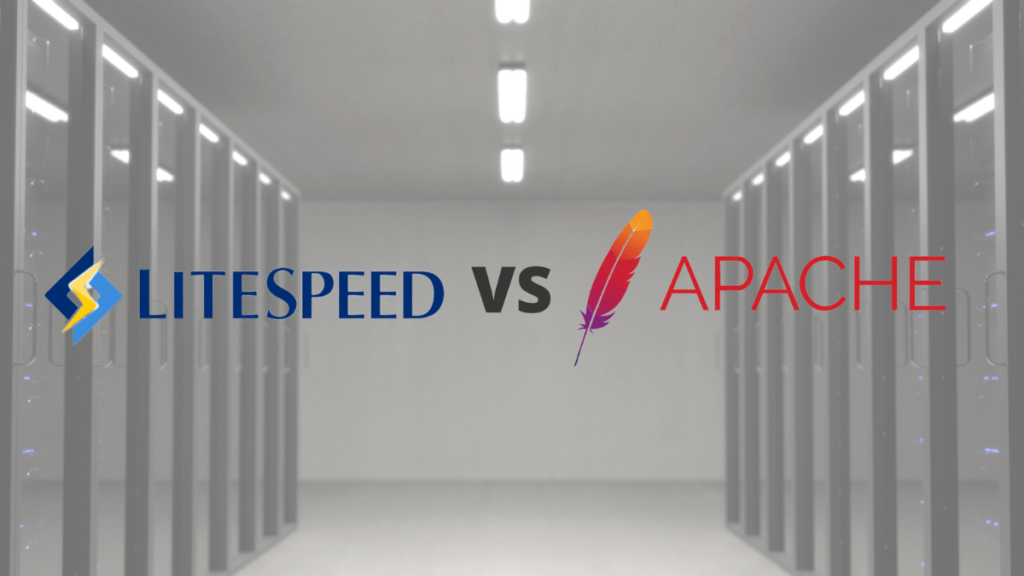Selecting the ideal web server is pivotal for WordPress site owners, with the Apache versus LiteSpeed debate being central to this decision-making process. This detailed comparison delves into Apache and LiteSpeed’s functionality, benefits, and drawbacks. It also includes a performance evaluation to assist in choosing the most suitable server option for your needs.
Apache Web Server Explained
Apache, officially the Apache HTTP Server, is a prominent open-source web server software developed by the Apache Software Foundation. It is the foundation for countless websites globally, offering efficient web page delivery. Apache’s compatibility with various operating systems, including Unix-based systems like Linux and BSD, as well as Windows, enhances its versatility and accessibility.
A significant strength of Apache is its modular design, which allows for tailored functionality through the addition or removal of modules.
Applications of Apache
Apache, serving a wide array of online needs, is primarily used for hosting websites. It processes HTTP requests and delivers content, ranging from static pages to dynamic, application-generated content. Apache’s notable capabilities include the following:
- Efficient delivery of web content such as HTML, images, CSS, and JavaScript, ensuring a seamless user experience.
- Support for server-side scripting languages like PHP, Python, and Perl, catering to dynamic web applications and frameworks.
- Configuration as a reverse proxy server for load balancing, security enhancement, and resource optimization.
- Capability for virtual hosting, allowing a single server to host multiple websites with distinct domain names or IP addresses.
- Potential to handle FTP requests, extending its functionality beyond HTTP through additional modules or software.
Advantages of Apache
- Open-source nature, fostering collaborative development and customization.
- Extensive user community, offering abundant resources and support.
- Cross-platform compatibility, suitable for diverse server environments.
- Scalability for varying workloads, from personal websites to large enterprise applications.
- Robust security features, including SSL/TLS support and access controls.
- Versatility in supporting various server-side scripting languages.
- Capability to operate as a reverse proxy server.
Drawbacks of Apache
- Potential resource intensity under heavy traffic, potentially causing performance bottlenecks.
- Configuration complexity, particularly for those unfamiliar with its syntax.
- Variability in performance due to server configuration, module use, and application complexity.
- Limitations in handling numerous concurrent connections efficiently.
- Higher memory usage compared to some lighter alternatives.
- Default settings potentially lead to slower response times under concurrent request scenarios.
Understanding LiteSpeed Web Server
LiteSpeed Web Server (LSWS), developed by LiteSpeed Technologies, is a commercial web server software noted for its high performance and efficiency. Designed to surpass traditional servers like Apache in speed while utilizing fewer resources, LSWS features an event-driven architecture for efficient concurrent connection handling. Key aspects include compatibility with Apache configurations, advanced security, integrated caching through LiteSpeed Cache, support for HTTP/3, and a user-friendly WebAdmin console.
Utilization of LiteSpeed
LiteSpeed’s functionalities are diverse:
- Support for server-side scripting languages including PHP, Python, and Ruby, suitable for dynamic web applications.
- Optimal performance for eCommerce websites, facilitating fast transactions and response times.
- Reverse proxy server configuration for load balancing and security improvement.
- Integrated LiteSpeed Cache for enhanced performance through stored static content.
- Support for HTTP/3, enhancing server-client communication efficiency.
Benefits of LiteSpeed
- Exceptional performance, efficiently managing concurrent connections with faster response times.
- Event-driven architecture, leading to efficient memory and CPU usage.
- Compatibility with Apache configurations, easing transition and integration.
- Advanced security features including mod_security support and DDoS protection.
- Support for HTTP/3 for improved communication efficiency.
- User-friendly WebAdmin console for straightforward server management.
- Compatibility with various control panels for easy integration.
Limitations of LiteSpeed
- Commercial nature with associated licensing costs for full-featured versions.
- Smaller user community compared to open-source alternatives.
- The learning curve for optimizing advanced features.
- Dependence on LiteSpeed-specific features, which might limit future migration options.
- Not as universally supported as Apache, potentially affecting compatibility with Apache-specific features.
Performance Comparison
- Page Load Times: Apache, while reliable, may exhibit slower load times under heavy traffic. LiteSpeed, with its event-driven architecture, typically offers quicker page load times.
- Resource Utilization: LiteSpeed excels in handling more connections with fewer resources, whereas Apache may require more resources for similar traffic levels.
- Scalability: LiteSpeed adapts dynamically to traffic spikes without proportionally increasing resource demand. Apache’s scalability might be limited due to its resource-intensive nature.
Conclusion
In the Apache vs. LiteSpeed comparison, the choice hinges on your WordPress site’s specific requirements. Apache is a reliable and compatible option, while LiteSpeed is favoured for its speed and resource efficiency. Weigh the detailed aspects presented here to make a well-informed decision, ensuring your WordPress site excels in performance and user satisfaction.







